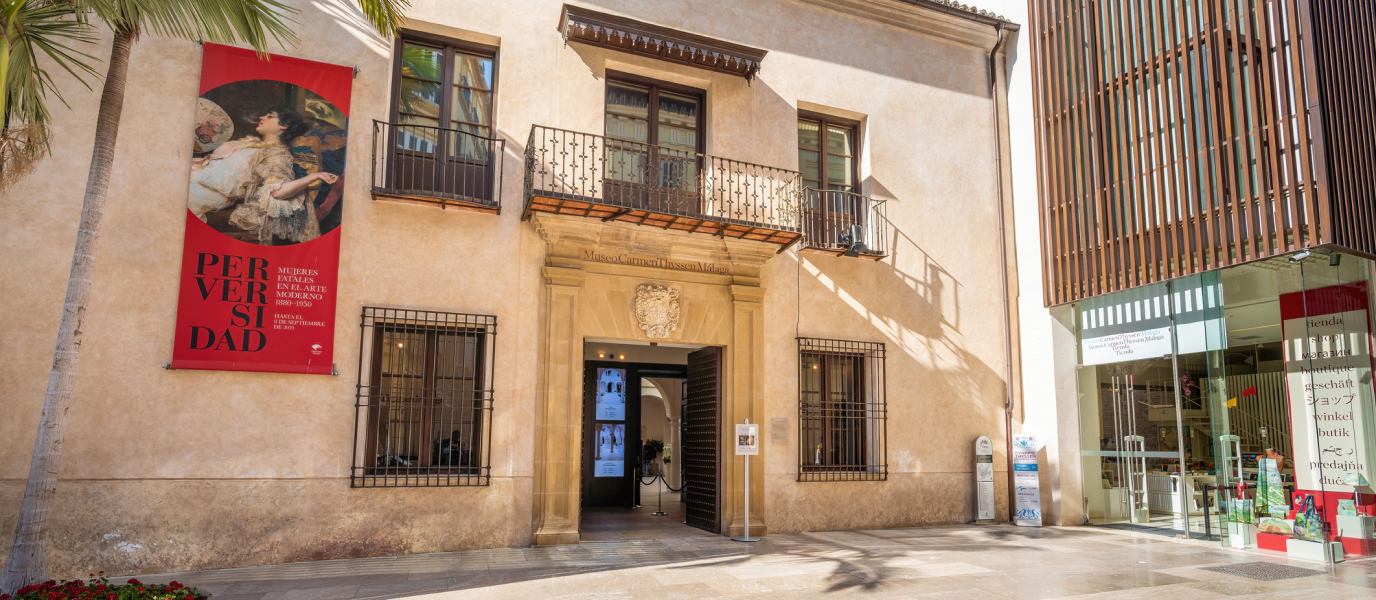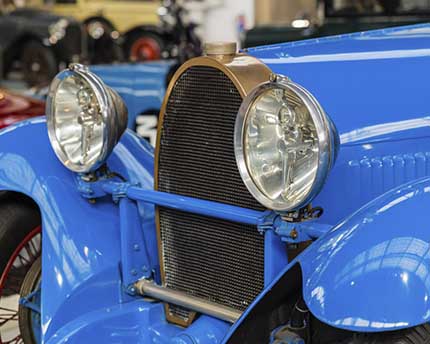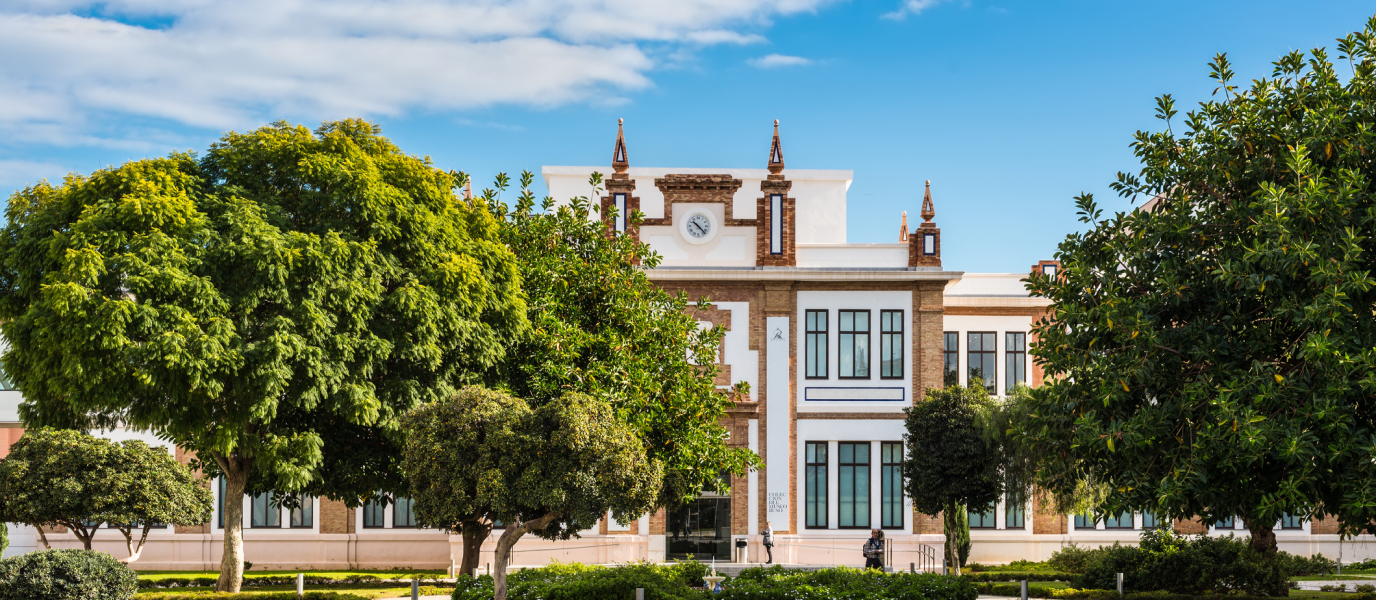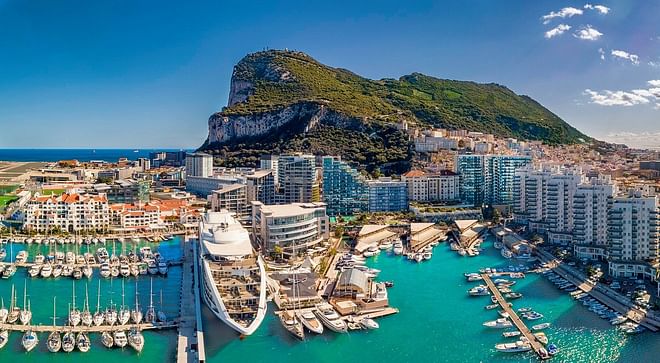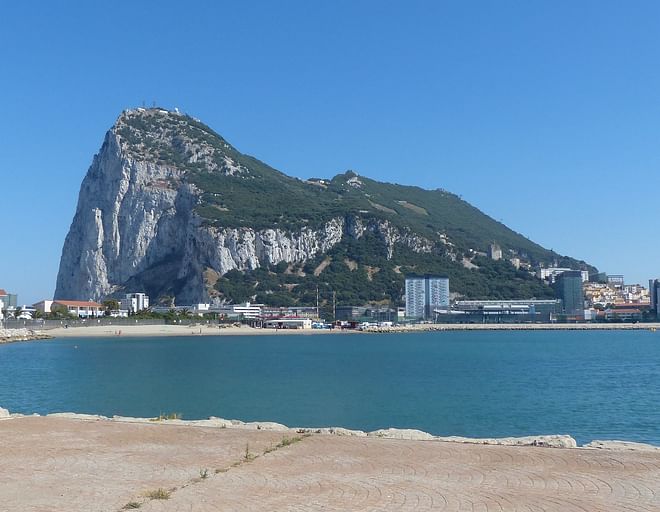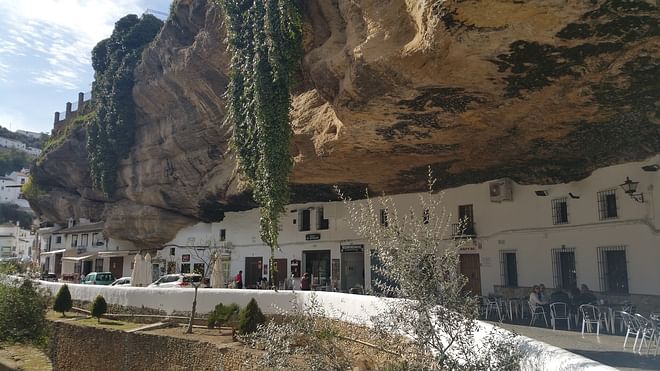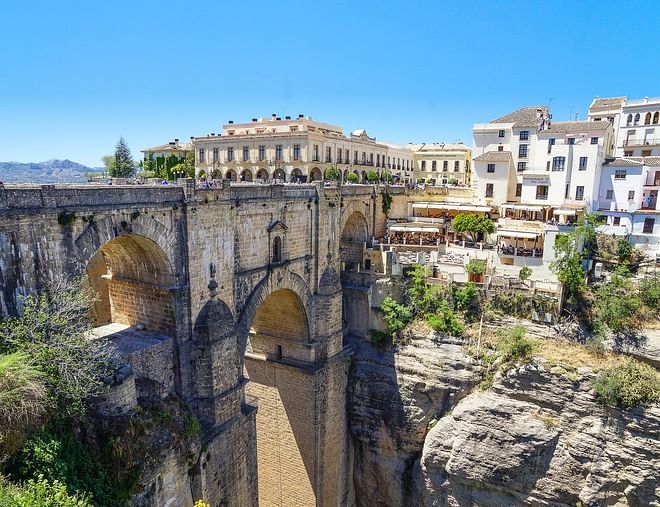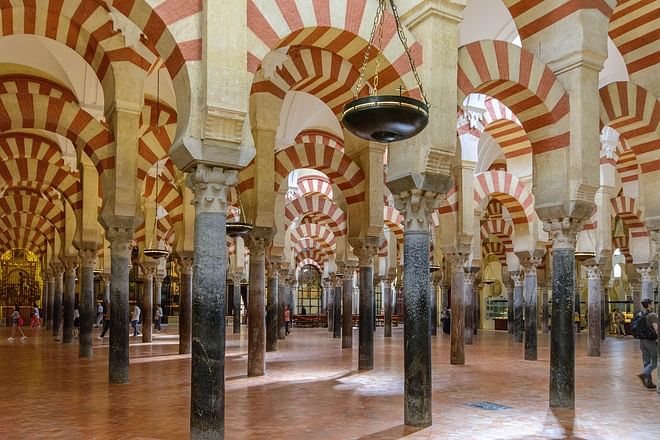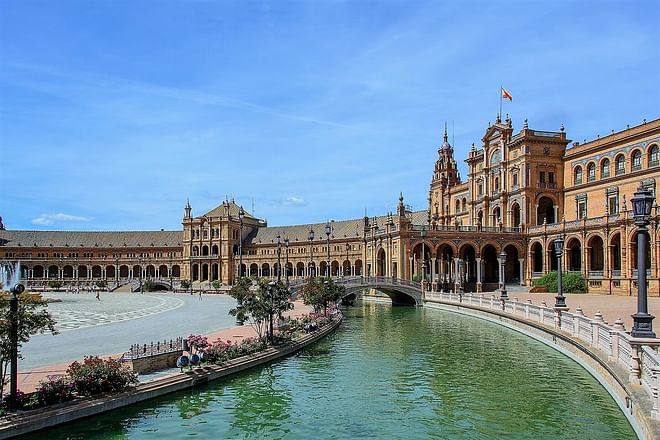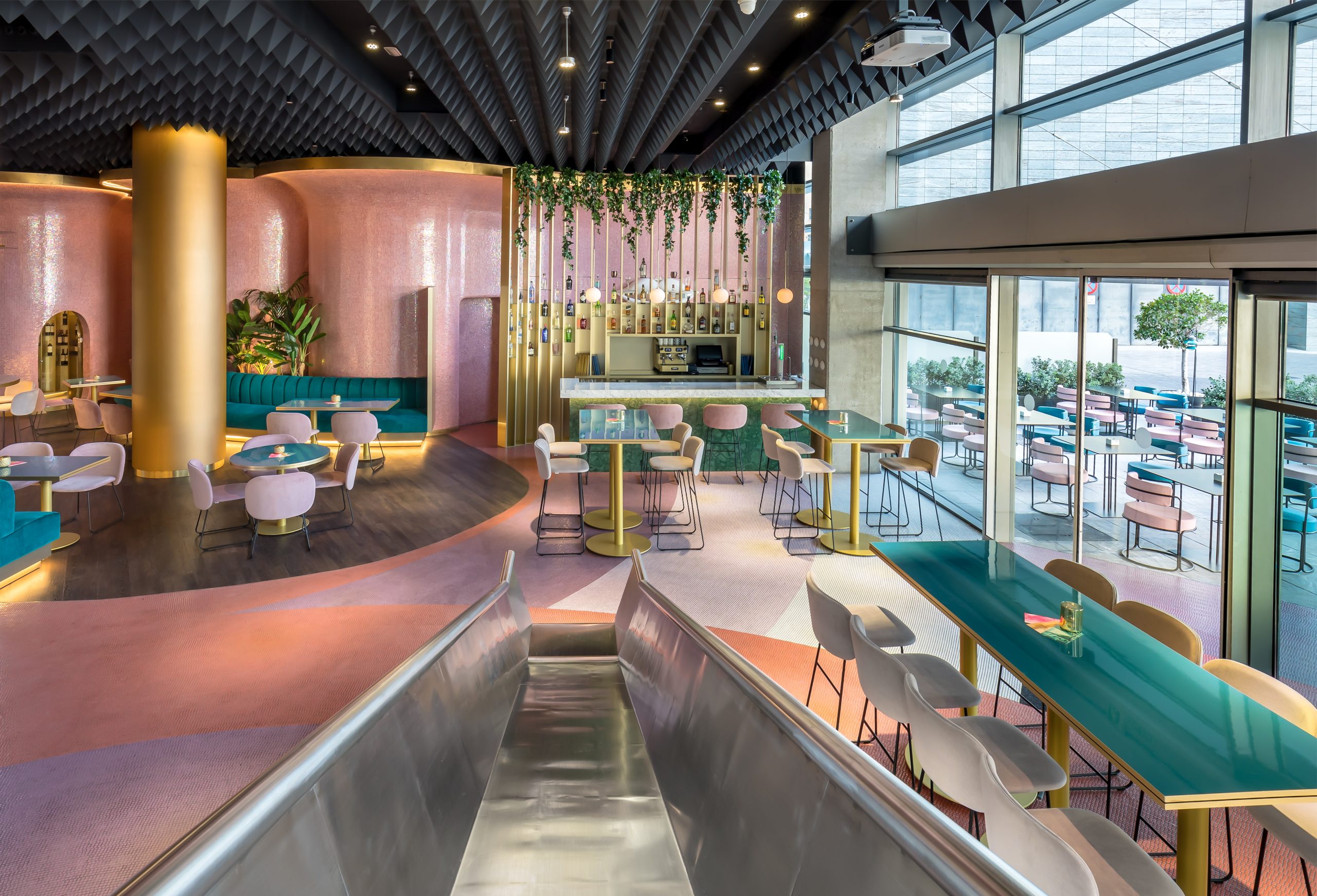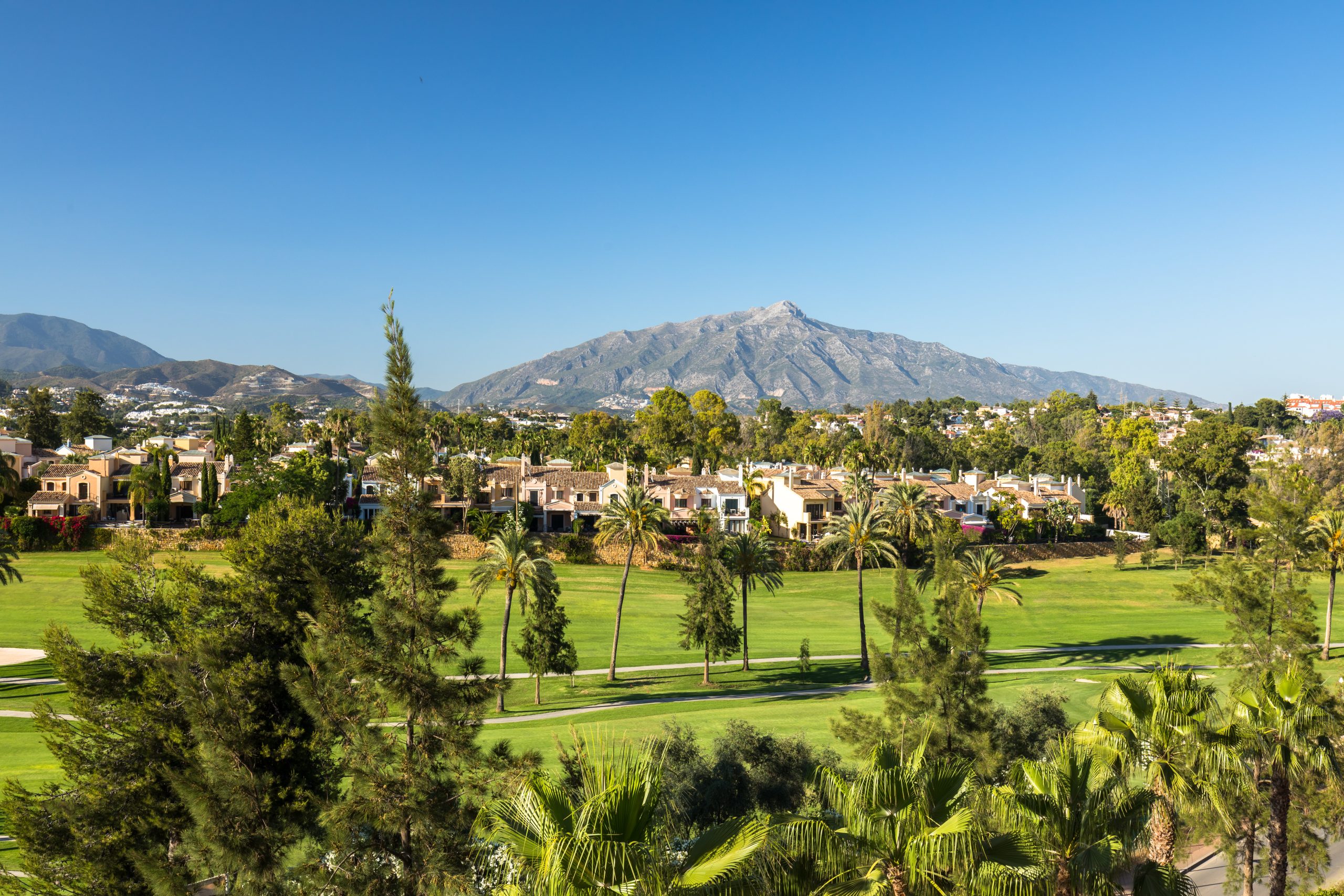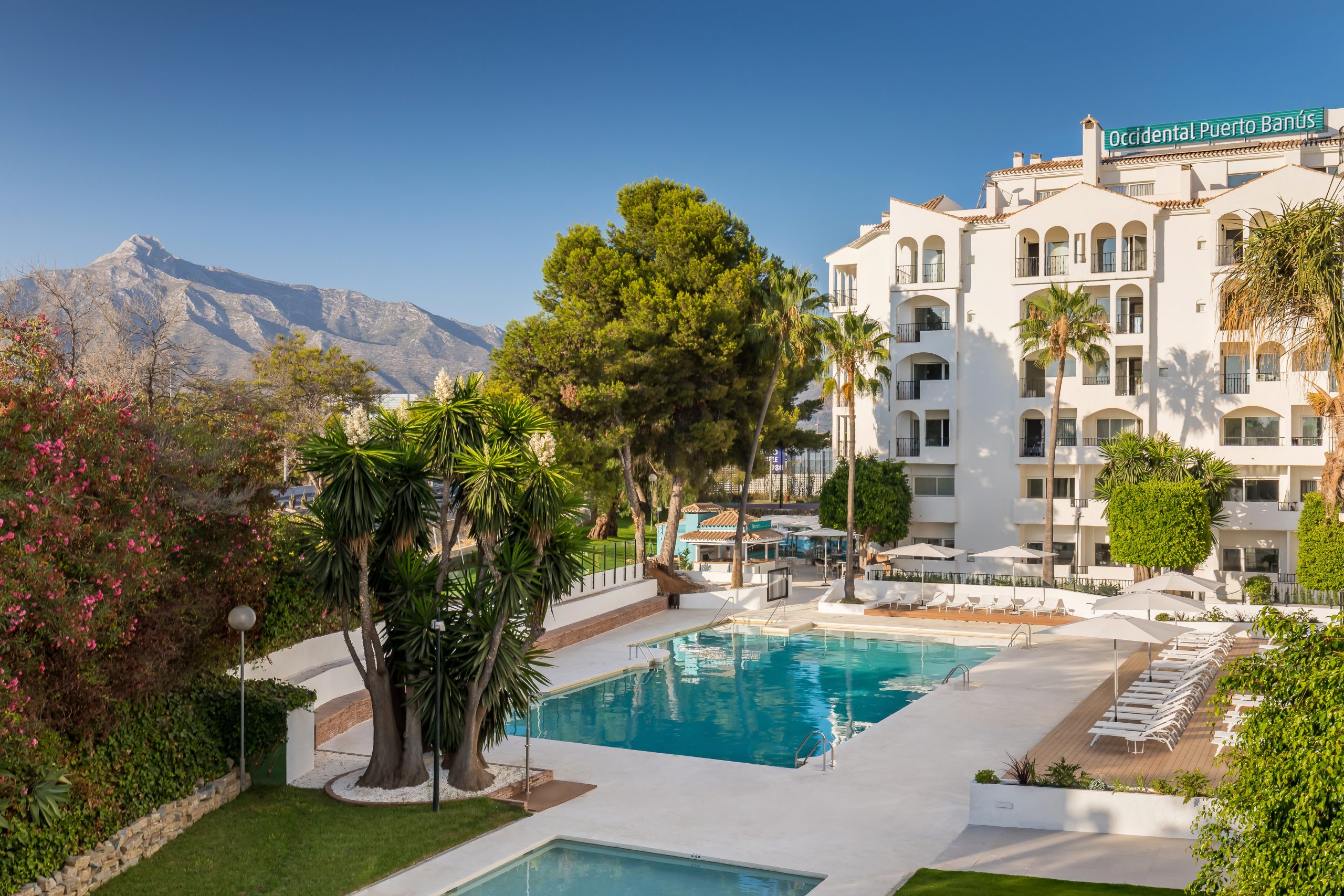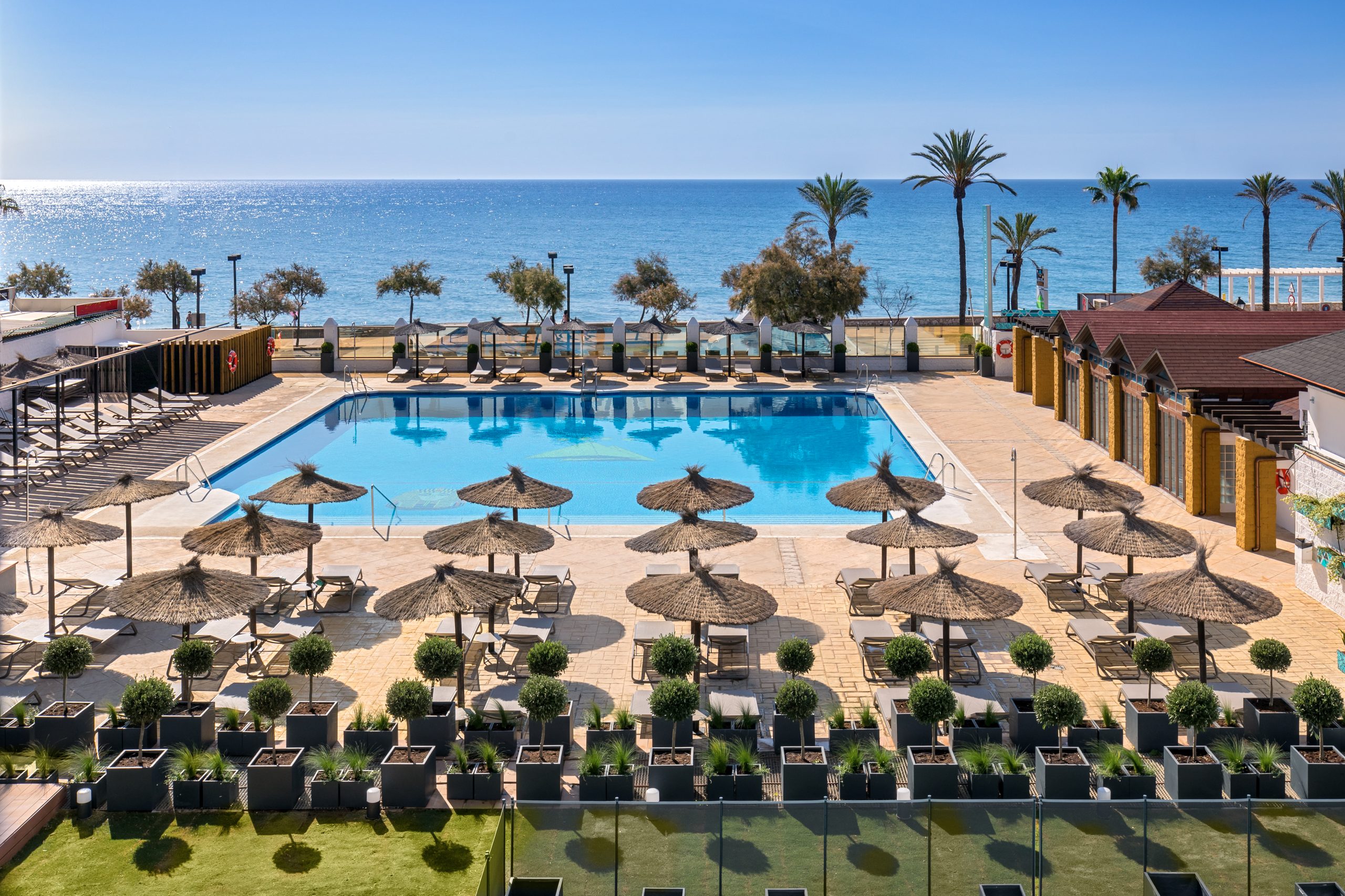These days, to speak about Málaga is to speak about museums. The arrival of renowned cultural institutions has played a key role in the incredible transformation that the city has undergone over recent decades. The pioneer was the Picasso Museum in 2003, followed by the Carmen Thyssen Museum Málaga in 2011, and rounded off by the arrival, in 2015, of the collection of the State Russian Museum of St Petersburg and the colourful branch of the Parisian Centre Pompidou. Art enthusiasts therefore cannot complain about a lack of options in the capital of the Costa del Sol.
Today, however, our focus turns to the amazing collection brought together by Baroness Thyssen, who assembled, in the Andalusian city, an essential sample for exploring one of the most interesting and at the same time, little known, phenomena in Spanish art: nineteenth-century painting.
Villalón Palace: the location of the Carmen Thyssen Museum Málaga
The Carmen Thyssen Museum is situated in the historic centre of Málaga, a short walk away from the elegant Calle Marqués de Larios and Plaza de la Encarnación. The space chosen to house the collection was Villalón Palace, a residence built between the late fifteenth century and the early sixteenth century, standing as a magnificent example of civic Renaissance architecture.
In spite of the alterations that the building was subjected to over the course of history, its rehabilitation, carried out by the studio RG+ASOCIADOS, has helped to restore the original design, as well as annex new exhibition spaces to the existing building. The final result has found a harmonious balance between the original rooms of the palatial residence and the modern spaces.
Remains of an ancient Roman villa and what has been identified as a factory where fish was conserved were also discovered on the grounds of the current museum.
The collection of the Carmen Thyssen Museum Málaga
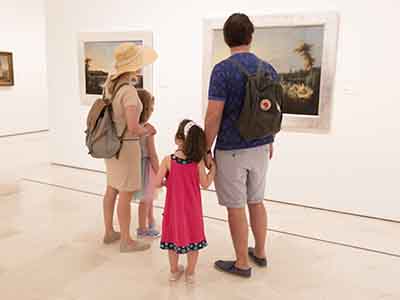
Unlike other large museums where it is almost impossible to see the entirety of the exhibited works—or, at the very least, enjoy and appreciate a specific artistic period—the Carmen Thyssen Museum Málaga presents a collection designed with the utmost care by Tita Cervera (Baroness Thyssen), perfect for examining the evolution of Spanish painting—and Andalusian in particular—throughout the nineteenth century. The collection is structured around four distinct categories:
- Old Masters. This is the only section that does not conform to the indicated chronological timeframe (the nineteenth century), as it brings together paintings and sculptures dating from the thirteenth to the eighteenth century, with a predominant religious theme. It is therefore worth treating it like a prelude or precursor to the pieces displayed in subsequent rooms. Among the most outstanding works in this area is St Marina by Francisco de Zurbarán.
- Romantic Landscape and Costumbrismo. Plunging headfirst now into the first half of the nineteenth century, this section is particularly interesting as it perfectly illustrates the rise in a type of painting that—stimulated primarily by the foreign travellers of the Romantic era who arrived in Spain—sought to disseminate a stereotypical image of the country, replete with gypsies, bullfighters and Moorish architecture. In this sense, many Spanish painters helped to consolidate this clichéd image of their own country, taking advantage of growing demand for such artwork for their own financial benefit.
- Précieux Style and Naturalist Painting. The second half of the century would be marked by a persisting new trend in terms of the themes depicted. On a technical level it evolved towards a freer and more colourful type of painting. In terms of landscape, painters began to distance themselves from the preceding movement—more sentimental and subjective—to explore more realist depictions of nature. The works that comprise this section of the Carmen Thyssen Museum Málaga are excellent proof of the evolution of Spanish painting.
- Fin-de-siècle. The last section of the museum focuses on the definitive step taken by the artists working between the late nineteenth century and the early twentieth century in pursuit of modern painting, both on a technical and thematic level.
The paintings of Ramón Casas, Joaquín Sorolla, Marià Fortuny and Julio Romero de Torres, among others, round off this fascinating journey through the history of nineteenth-century Spanish painting.


























































